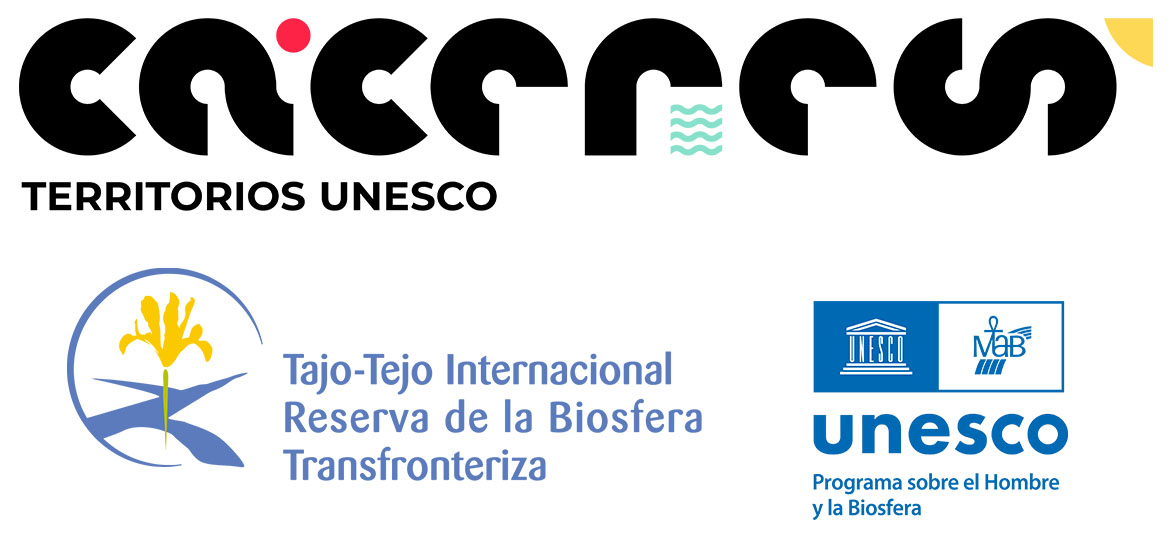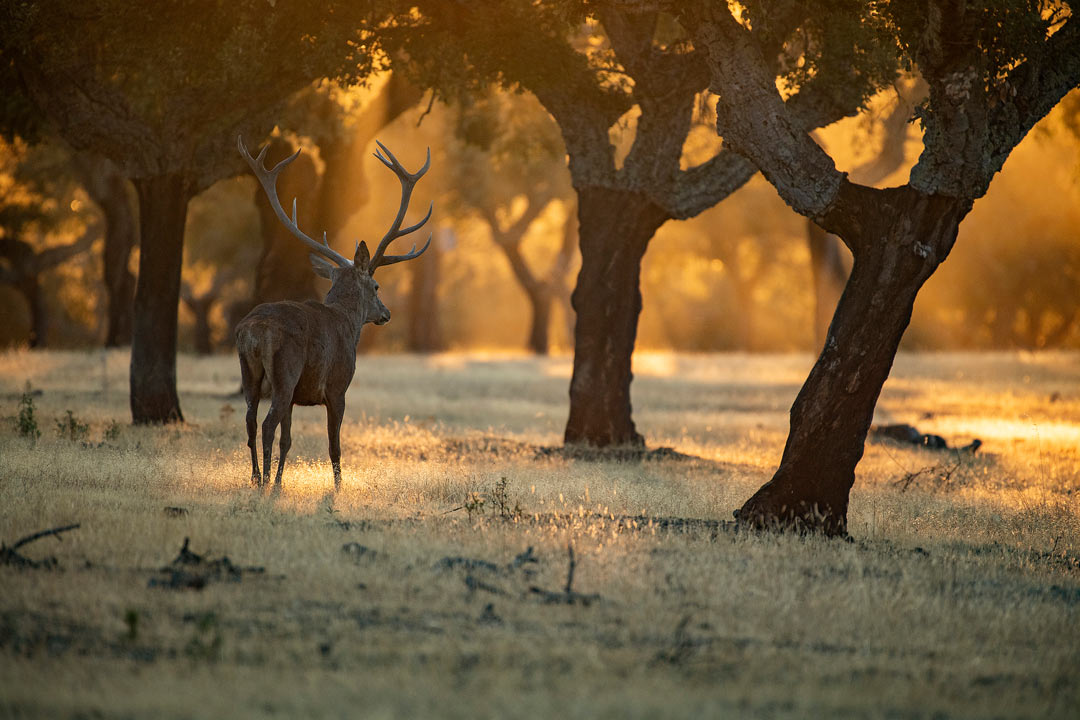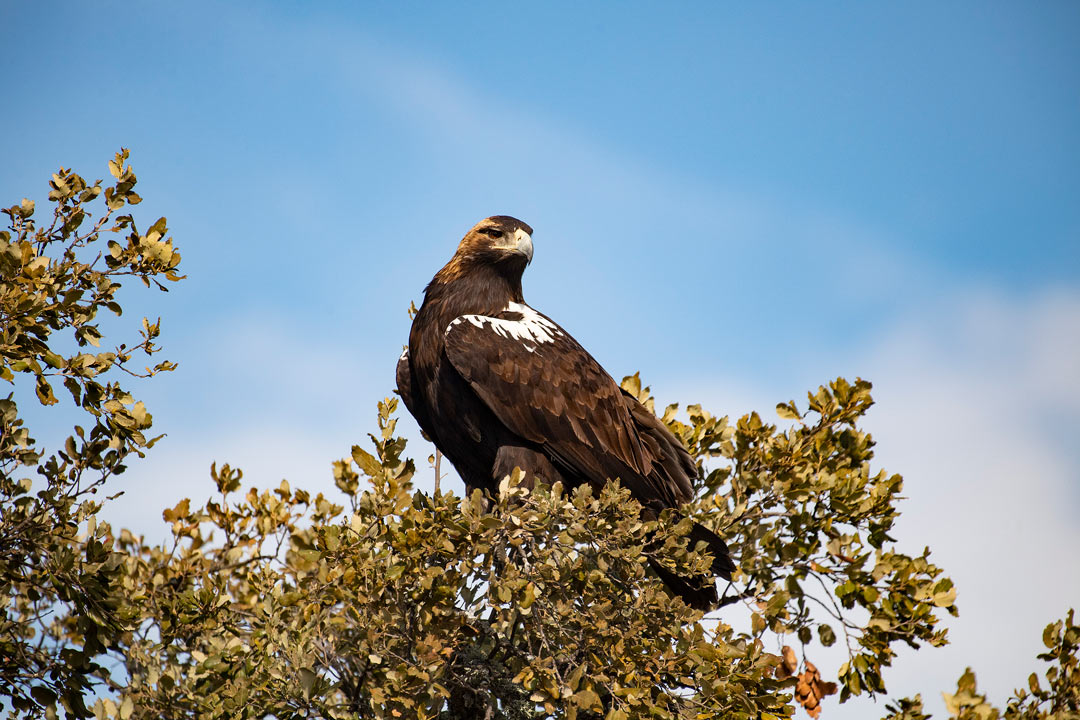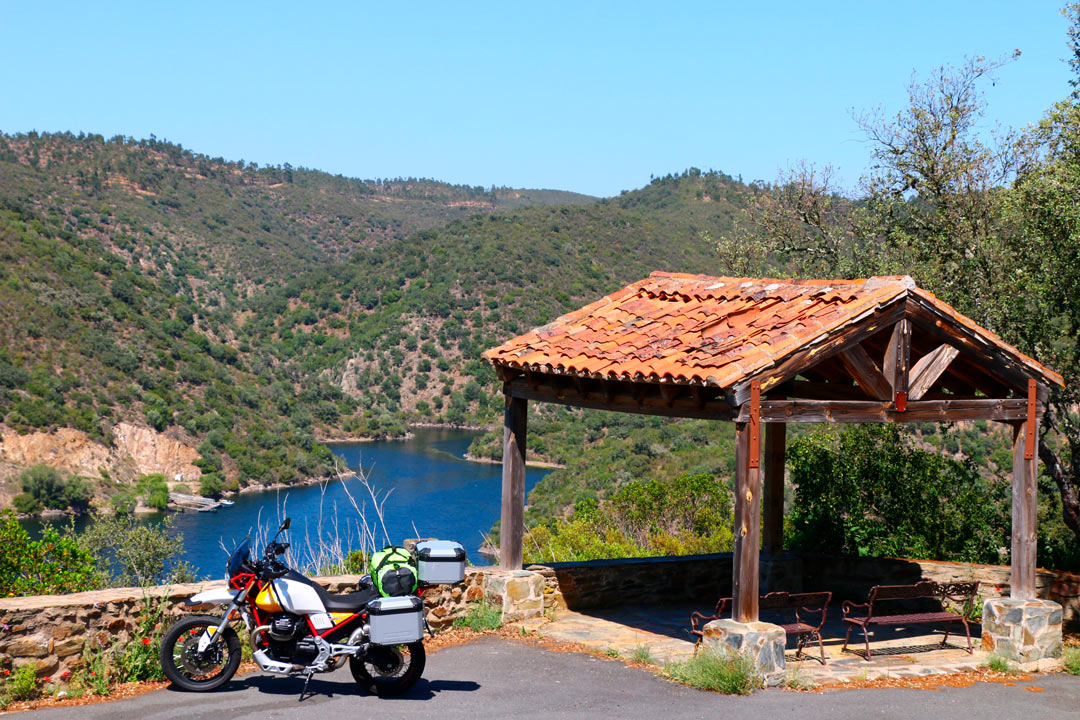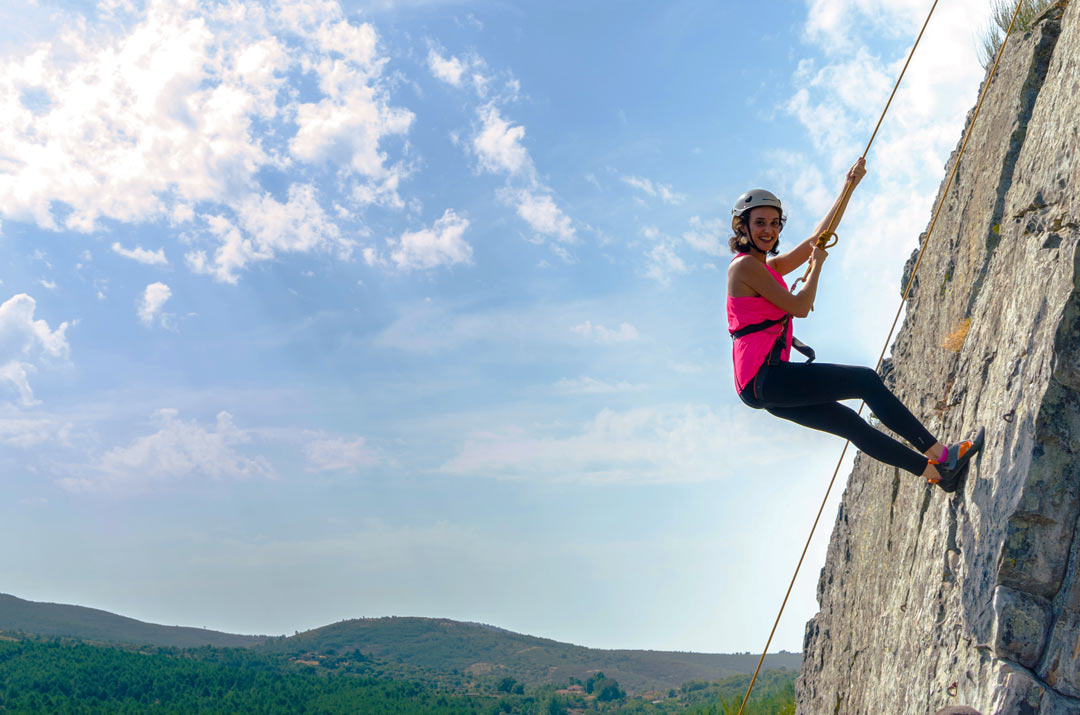5 reasons for losing yourself
in the Tajo Internacional Cross-border Biosphere Reserve
Harmony reigns between human beings and nature in the Tajo Internacional Biosphere Reserve. Sustainable development has been practised for centuries with its prime example being the development of the dehesa. Any time is suitable for getting to know the spectacular environment of the Cross-border Tajo Internacional Biosphere Reserve.
As you know, in the province of Cáceres there are two territories which hold this title, which values the perfect harmony between human beings, biological diversity, and sustainable development: the ‘Tajo-Tejo Internacional’ and ‘Monfragüe’ Biosphere Reserves declared by the UNESCO. Moreover, in the case of the Tajo Internacional the reserve is a cross-border one as its territory is shared between Spain and Portugal.
A border which unites:
the culture of La Raya
The Biosphere is the cape which envelops the whole of the Earth and knows nothing of borders. This serves as a metaphor to stress in particular that La Raya (the border or the line) which separates Extremadura from Portugal now unites more than ever. It should also be emphasised that as there is a political separation many villages have their own special characteristics, a fact which gives even greater value to the Tajo Internacional Biosphere Reserve.
A protected space
The Tajo-Tejo Internacional Cross-border Biosphere Reserve occupies a surface area of 428,176 hectares in the west of the Iberian Peninsula and consists of 14 municipal districts in the province of Cáceres and 12 in Portugal (freguesias). This rugged territory also includes the Tajo Internacional Nature Reserve, the Area of Regional Interest of the Sierra de San Pedro, and several Special Bird Protection Areas (Zonas de Especial Protección, ZEPAs) and Special Conservation Areas (Zonas de Especial Conservación, ZEC) which form part of the Natura 2000 Network.
Prehistoric relics:
harmony between human beings and nature
The union of human beings with nature has been felt from time immemorial in the Tajo Internacional Biosphere Reserve. You can enjoy several monuments which merge into the landscape such as the dolmens of Valencia de Alcántara and the ensembles of Herrera de Alcántara and Santiago de Alcántara and Cedillo. On the Portuguese side the megalithic complex of Castelo de Vide is worthy of a visit and in particular the Menhir da Meada.
Incredible landscapes
The dehesa, a sustainable way of exploiting the land, predominates in the landscape with holm oaks and cork oaks accompanied by both wild and cultivated olive trees. Equally in the sierra and on riverbanks, shrubs such as the strawberry tree, the Mediterranean buckthorn, the mastic, and the narrow-leaved mock privet predominate, together with laurustinus and Montpellier maples. The presence of other singular species such as the yellow flag, Brotero’s peony, and various orchids should also be stressed. We also find Pyrenean oaks, chestnut trees, and typical riverside vegetation such as alders, ashes, and willows in the basins of the Erjas and Sever Rivers..
A paradise for birds
Some 300 species of birds spend long periods of time in the Tajo Internacional Biosphere Reserve owing to its wide variety of ecosystems; indeed there are numerous Special Bird Protection Areas (ZEPAs). Here we can see griffon vultures, black vultures (which are particularly vulnerable), black storks, and Egyptian vultures. We should not forget the eagles (golden, Bonelli’s, or short-toed) and the kites which are also regularly found in these landscapes. In addition the area is also frequented by the kestrel and lesser kestrel, egrets, sandgrouse, little bustards, great bustards, eagle owls, little owls…

